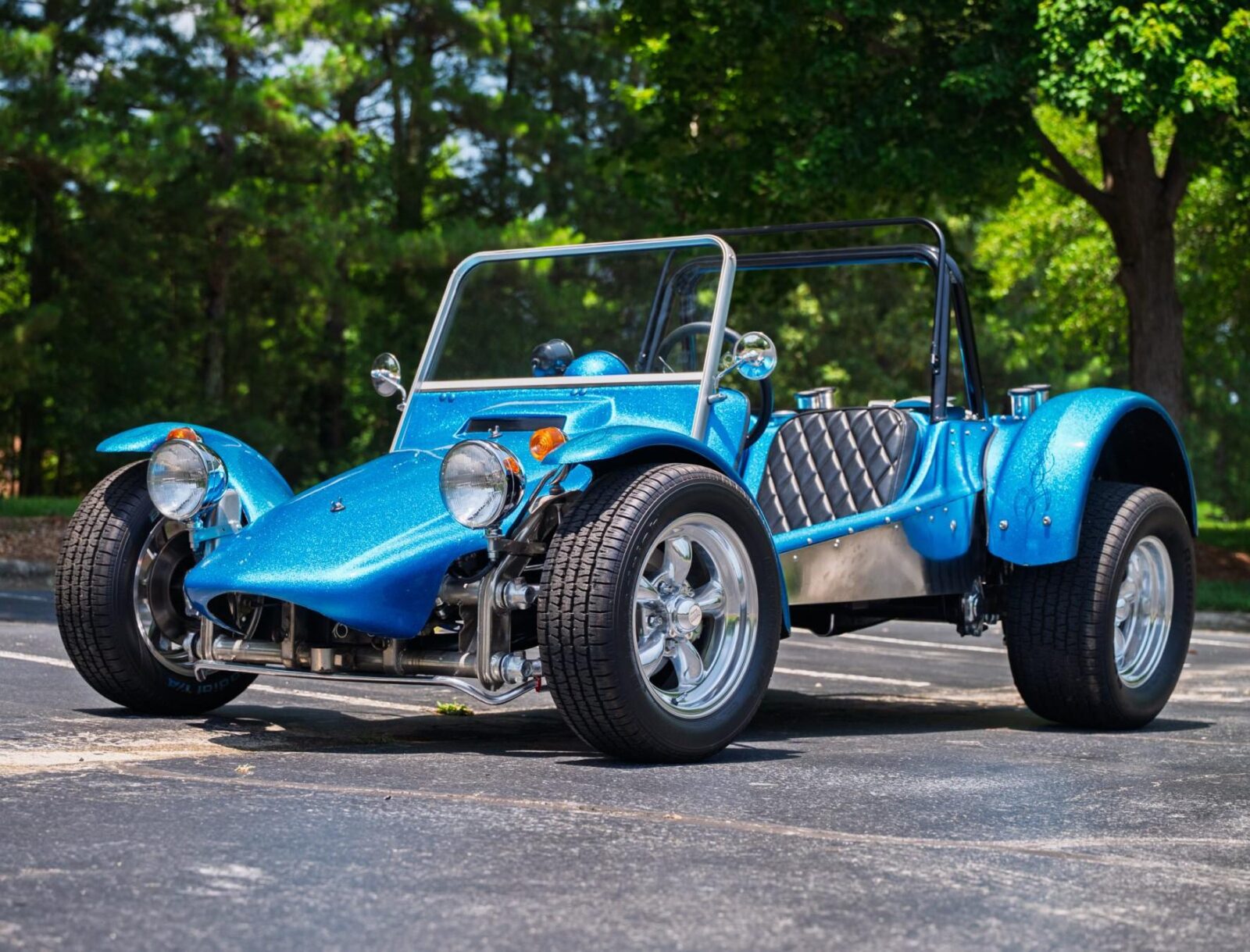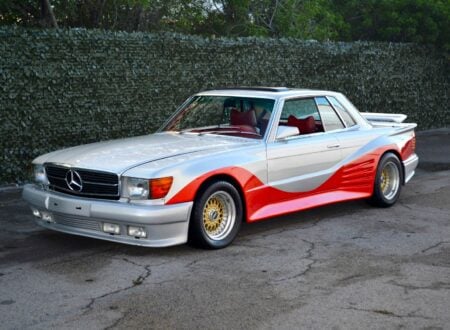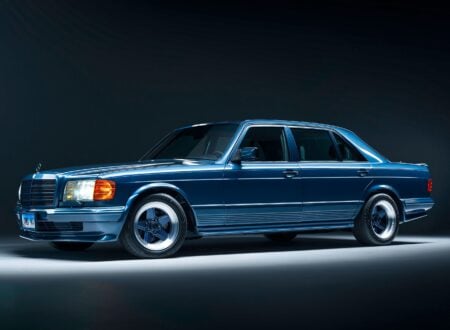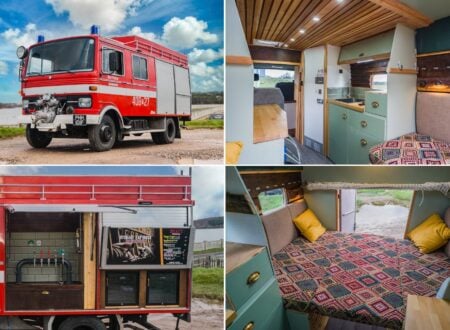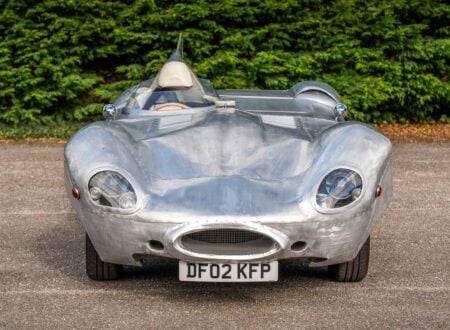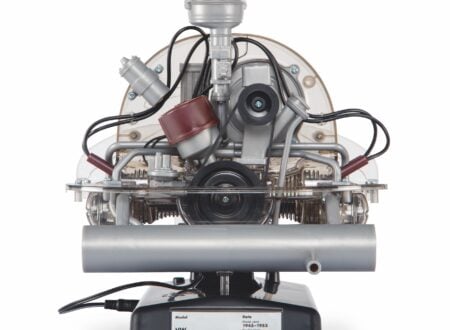The Meyers Tow’d was developed as a smaller model to pair with the popular Meyers Manx, the latter being the origin of species for VW Beetle-based dune buggies.
The Tow’d was both smaller and lighter than the Manx, and it was designed to be towed behind a larger vehicle. It never quite reached the popularity of its big brother, but a number of them proved successful in the world of off-road racing.
Fast Facts: The Meyers Tow’d
- The Meyers Tow’d was conceived as a lighter, smaller sibling to the iconic Meyers Manx, designed initially for off-road use only and to be towed behind larger vehicles. Although it never matched the Manx in popularity, nearly 1,000 were produced, and it earned a solid reputation in off-road racing circles due to its light weight, performance, and ease of construction.
- Unlike the Manx, which used a shortened VW Beetle chassis, the Tow’d had a dedicated tubular steel frame. It retained VW suspension, brakes, and drivetrain, which made it lightweight, maneuverable, and appealing to amateur builders. Later versions were modified to meet road-legal standards in response to consumer demand for street-drivable versions.
- Bruce Meyers raced the Tow’d in the 1968 Mexican 1000, following his success in the Manx the previous year. His race ended prematurely after a crash left him injured, but the Tow’d’s legacy in Baja-style racing was established. Its compact form and DIY-friendly construction made it a popular platform among 1960s and 70s off-road racers and enthusiasts.
- The example featured here has been modified for street use and is powered by a 2.2 liter VW flat-four with performance upgrades including Scat heads and dual Del Orto carburetors. It rides on staggered BFGoodrich tires with American Racing wheels and features a roll bar, removable hood, minimal fiberglass bodywork, and a clean Tennessee title.
History Speedrun: The Meyers Tow’d
The Meyers Tow’d was originally developed as an off-road only dune buggy that could be towed by a larger vehicle (hence the model name). Customers soon demanded full road-legal versions, and close to 1,000 would be made in total.
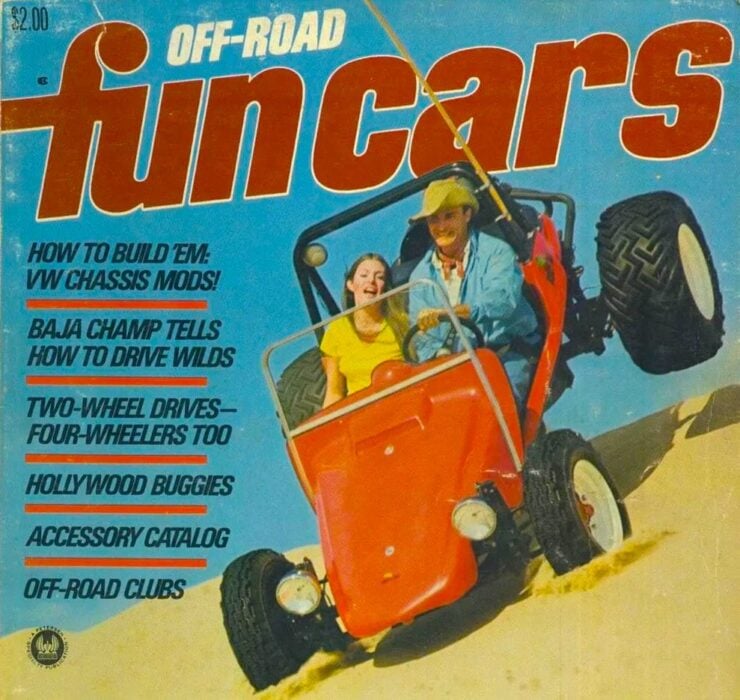

Unlike the full-size Meyers Manx which was based on a shortened VW Beetle floorpan and running gear, the Tow’d was built on a tubular steel frame designed specifically for it. Onto this frame, the same Beetle suspension was then fitted front and back, along with brakes, and usually the drivetrain too.
The Tow’d was a little shorter and narrower than the Manx, it was also lighter and as a result had an even better power-to-weight ratio. When Bruce Meyers and his team first began to develop the Tow’d it was designed as an off-road only dune buggy – the thinking being that it could be towed behind a motorhome or 4×4 (for example) and provide full off-road adventures once you arrived in camp.
As noted higher up, customers clamored for a road-legal Tow’d, and Bruce soon obliged, offering a version with fenders and all the requisite front and rear lighting to meet DOT requirements to be insured, registered, and driven on the street.
Bruce Meyers, along with co-driver Ted Mangels, had piloted a Meyers Manx, known as “Old Red,” in the inaugural 1967 Mexican 1000 race from Tijuana to La Paz in Mexico, breaking the previous record by over five hours and setting a time of 34 hours and 45 minutes.
Bruce seemed to quite like the Tow’d model, and after it was introduced he had a special version built with a Ford V4 engine for power, and uprated suspension, as well as full race preparation. He entered the second Mexican 1000 race (now known as the Baja 1000) and was setting a good time before an unfortunate accident would see him break both legs and wreck the buggy.
Due to the compact size and low weight of the Tow’d, and the fact that it could be built by a competent home mechanic using hand tools in a garage, it was also used by many other off-road racers of the time – often with great success.
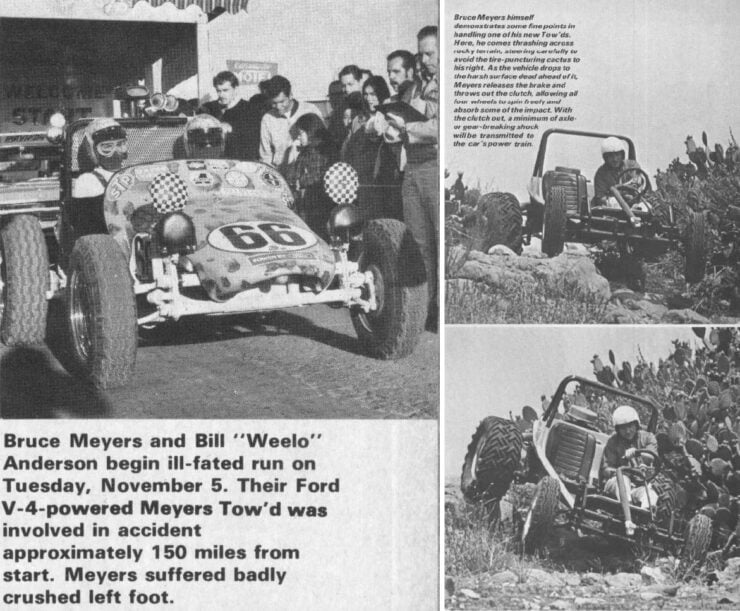

Due to the fact that the Tow’d was more of a niche model with less mainstream appeal, it should probably be no surprise that it sold in much lower numbers than the Meyers Manx, with just 800 – 1,000 sold in total.
The full-size Manx could seat up to four, and it had that distinctive fiberglass full-body shell that spawned legions of cheap imitators. Today, surviving examples of the Tow’d are popular with dune buggy enthusiasts and collectors of vintage off-road vehicles.
The Meyers Tow’d Shown Here
The Meyers Tow’d you see here is an original example with the B.F. Meyers & Co. VIN plate. It’s been set up for more street-oriented use, with lower suspension, and road tires, but this could be changed by the future owner if they wanted to hit the trails with it.
Power is provided by a 2,200cc air-cooled flat-four sourced from a VW that is reportedly making 210 bhp, this engine is fitted with Scat “big-valve” performance heads, dual 48mm Del Orto carburetors with screened velocity stacks, and it has a tubular exhaust system.
It has a 4-speed VW transaxle sending power to the rear wheels, and there is a rear bumper/engine protection bar at the rear to protect you from a minor rear end collision ruining your day. It rides on 15″ American Racing wheels with staggered BFGoodrich Radial T/A tires, and it has front discs and rear drum brakes.
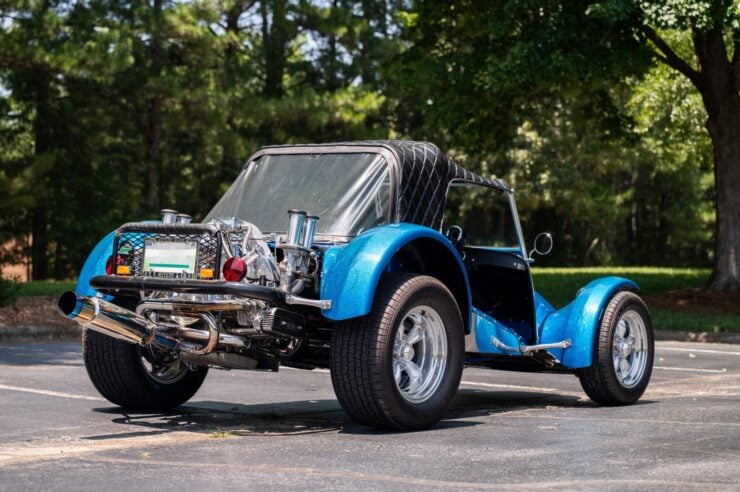

A roll bar is fitted for safety, and it has a removable black hood for weather protection. A pair of black seats are installed up front with diamond-stitched black upholstery and lap belts. There is a small cargo area behind the seats, a windscreen, and minimal fiberglass bodywork.
The car is now being offered for sale out of Raleigh, North Carolina with a clean Tennessee title describing the car as a 1965 Volkswagen TFB. If you’d like to read more about it or place a bid you can visit the listing here.
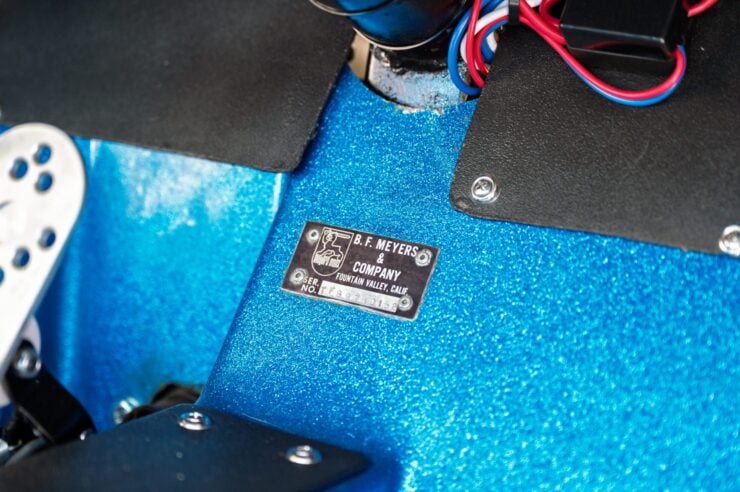
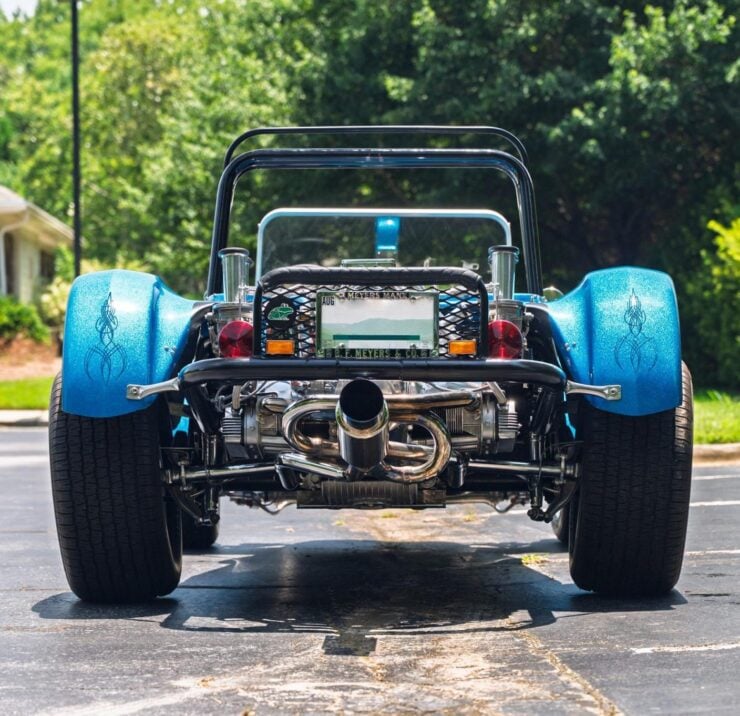
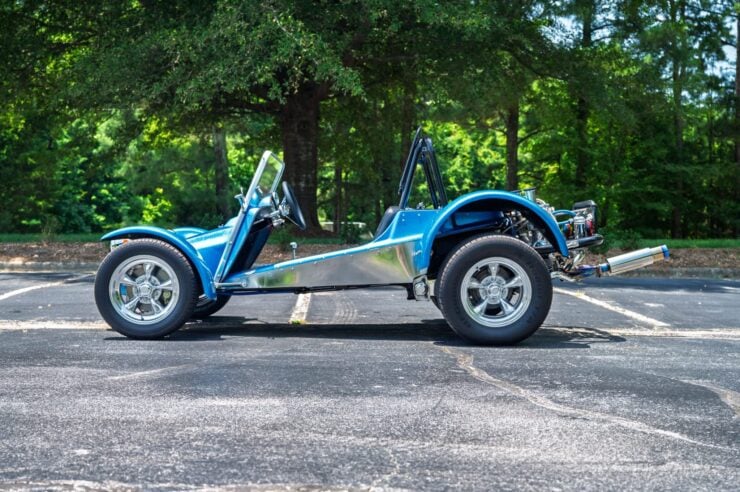
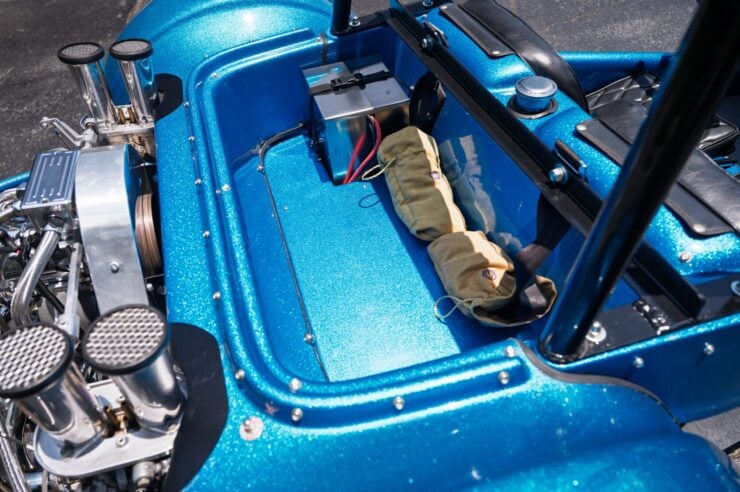
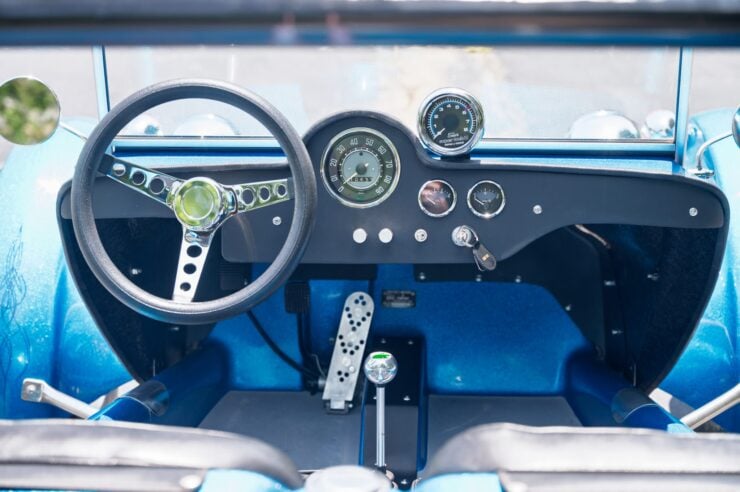
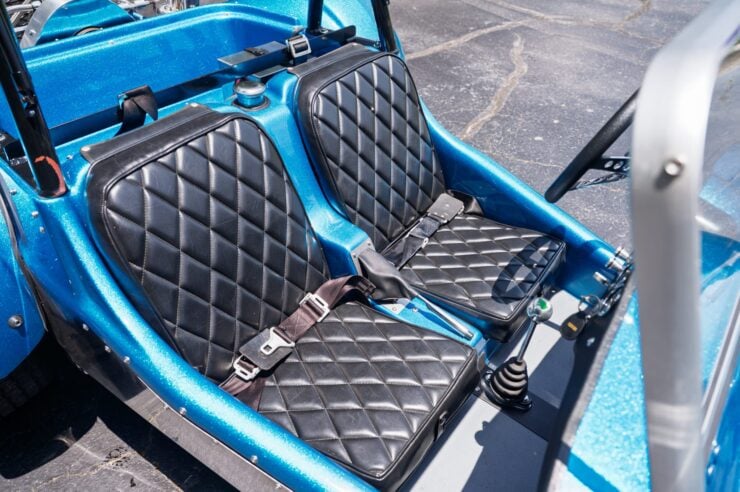
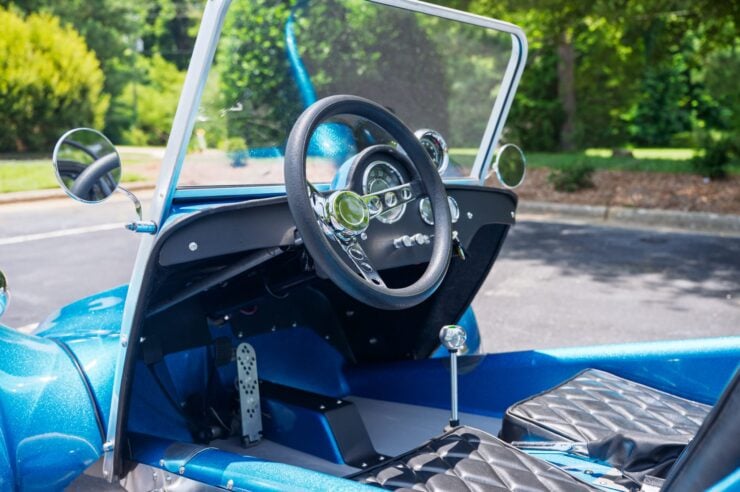
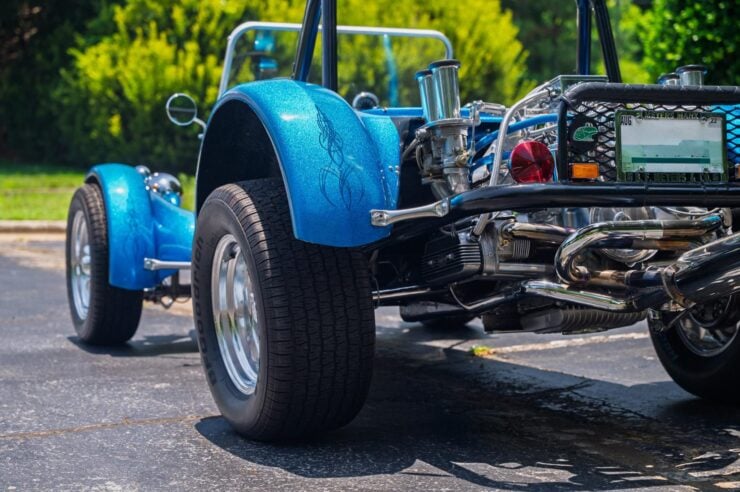
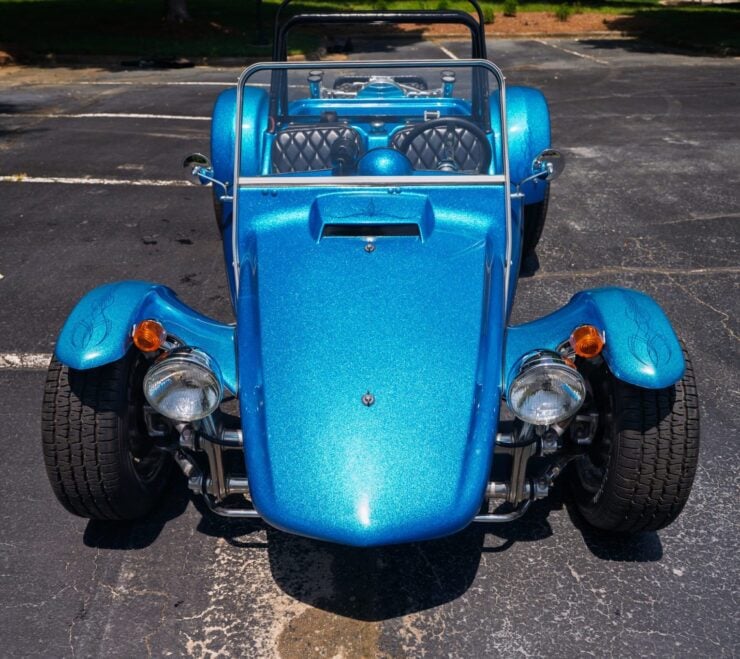
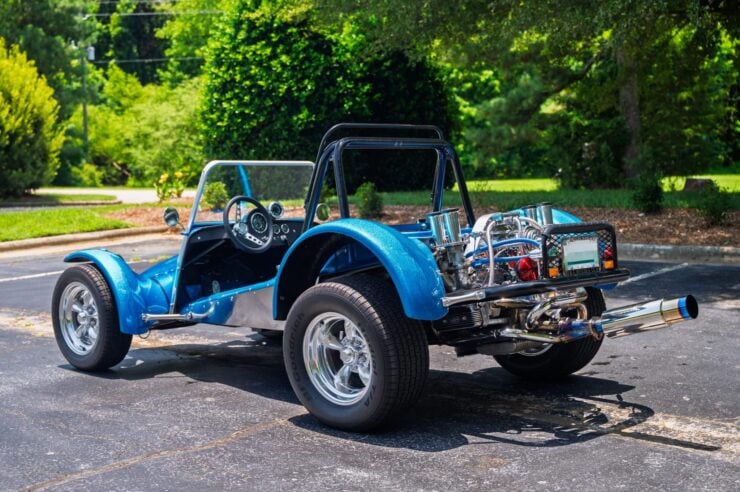
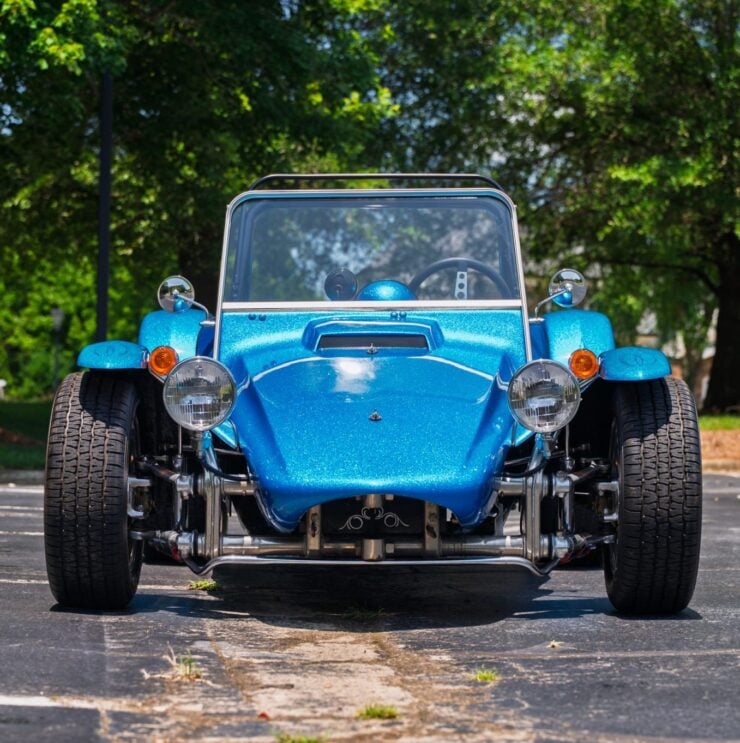
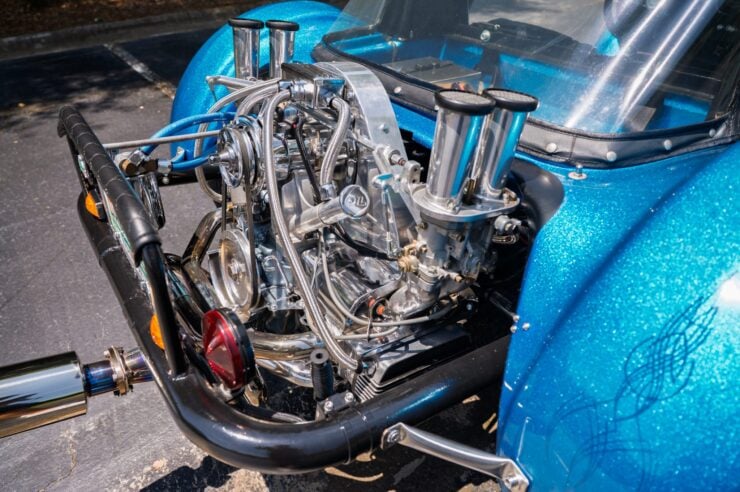
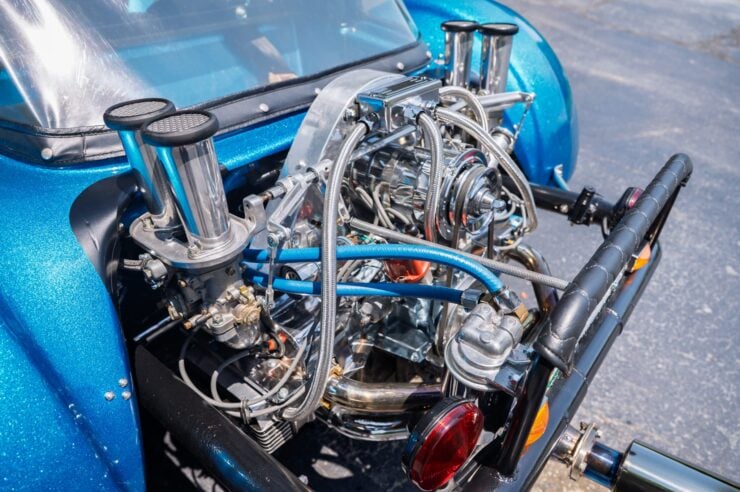
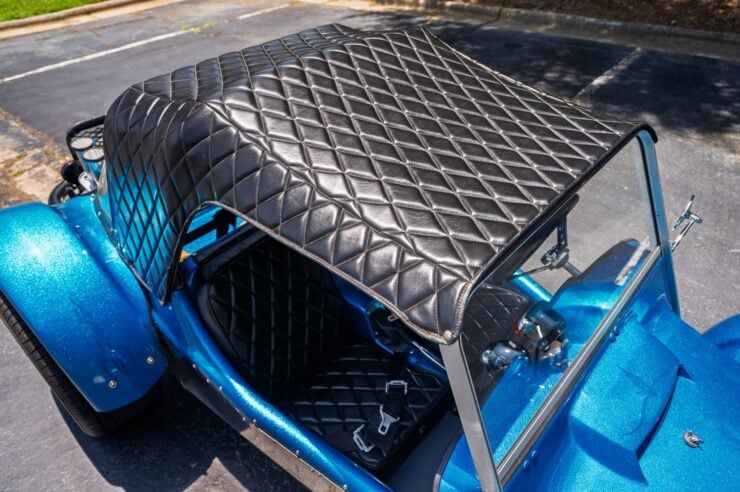

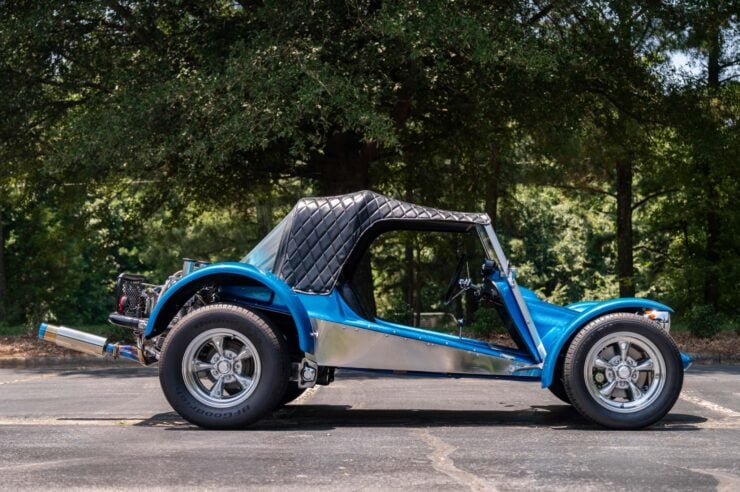
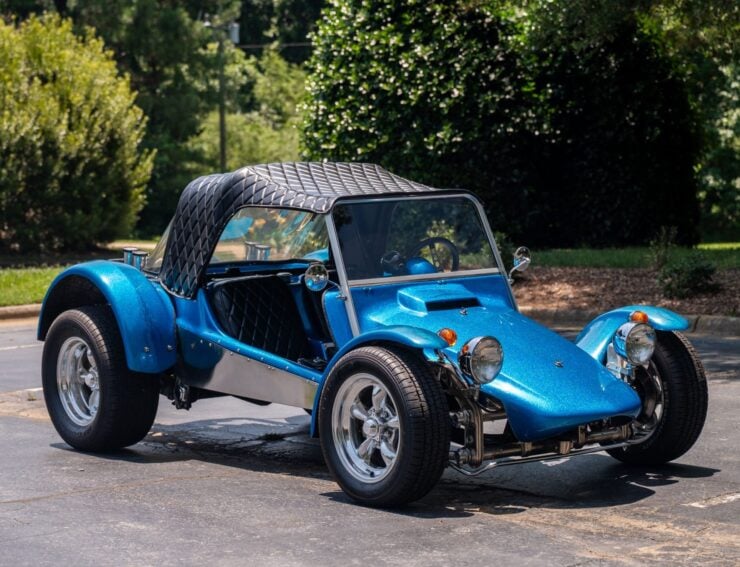
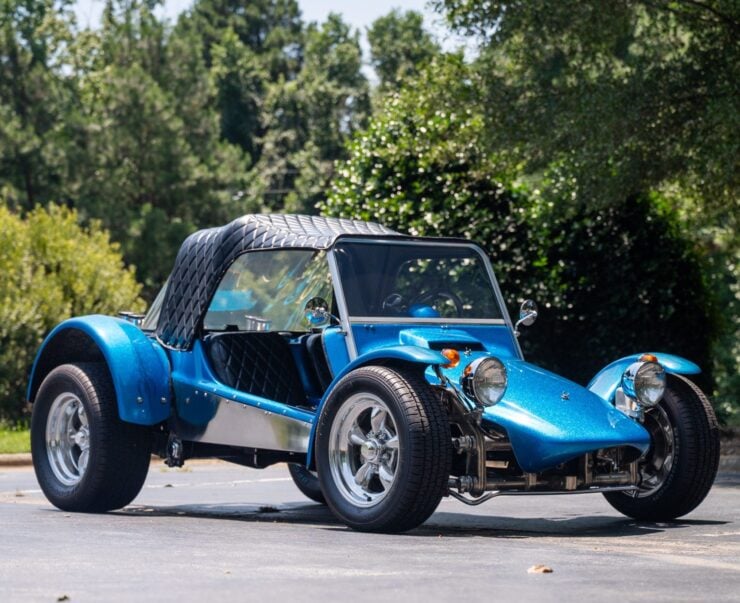
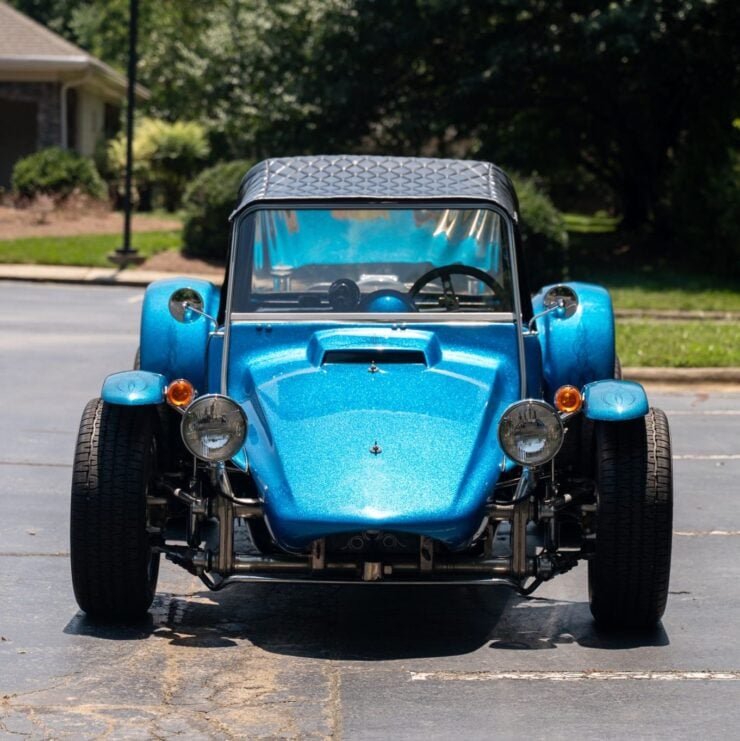
Images courtesy of Bring a Trailer.

